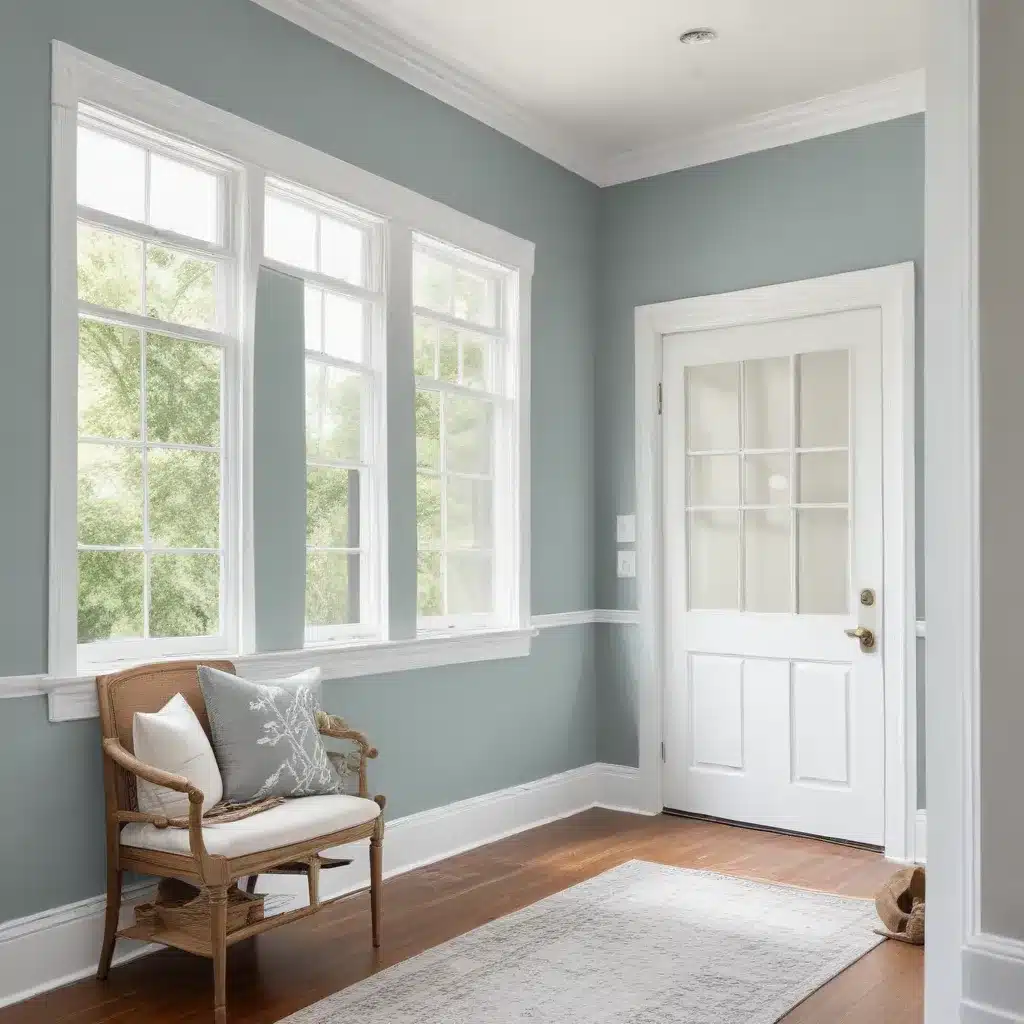
Whole Home Paint Refresh: Affordable Interior Painting Tips
Painting the interior of your home can be one of the most impactful and cost-effective ways to transform your living spaces. Whether you’re preparing to move into a new house or simply wanting to refresh your current abode, a whole-home paint project can breathe new life into any property. As an experienced home improvement consultant, I’m here to share a wealth of practical tips, tricks, and insights to help you tackle your interior painting needs with confidence and budget-friendly success.
Budgeting for Interior Painting
One of the first questions homeowners often have is, “How much does it really cost to paint the interior of a house?” The answer can vary quite a bit depending on the size of your home, the condition of your walls, the type of paint you choose, and whether you opt to do the work yourself or hire professional painters.
According to data from Reddit homeowners, the average interior painting cost for a 2000 sq. ft. townhouse ranges from $3,000 to $6,000. However, one homeowner in New Jersey received an estimate of $7,900 from a recommended contractor. While that may have been on the higher end, it’s a good reminder that getting multiple quotes is essential when budgeting for a whole-home paint refresh.
To help maximize your painting budget, consider these strategies:
Smart Shopping for Painting Supplies: Visit your local hardware store or home improvement retailer and compare prices on high-quality latex paint, brushes, rollers, tarps, and other essential tools. Many brands offer bundled kits or contractor-grade discounts that can add up to significant savings. Don’t be afraid to ask about any ongoing sales or promotions.
Maximizing Paint Coverage: Calculate the total square footage of your walls to determine how much paint you’ll need. Keep in mind that walls in good condition may only require two coats, while more porous or unevenly textured surfaces could demand an extra coat for full coverage. Investing in premium or high-hide paint can sometimes reduce the number of coats required, potentially saving you money in the long run.
Embracing DIY: If your home’s layout and your own physical capabilities allow, tackling the painting project yourself can be a fantastic way to cut costs dramatically. Just be sure to factor in the time commitment and your own skill level to ensure a professional-looking finish.
Painting Preparation Essentials
Before you even pick up a paintbrush, thorough preparation is key to achieving flawless, long-lasting results. Start by giving all your walls a deep clean to remove any dirt, grease, or residue that could impede paint adhesion. A simple mixture of warm water and mild detergent works wonders.
Next, address any necessary wall repairs. Carefully fill in any cracks, holes, or uneven surfaces using a high-quality spackling compound and a putty knife. Allow the spackle to fully dry, then lightly sand the area until it’s flush with the surrounding wall. This step may seem tedious, but it will pay off immensely once you begin painting.
Selecting the right painting tools for the job is also crucial. Invest in premium brushes and rollers designed for smooth, even coverage. A paint sprayer can be an excellent time-saving option for large, open spaces, but be mindful of the added prep work required to mask off adjacent surfaces.
Interior Color Palette Selection
One of the most exciting aspects of a whole-home paint refresh is the opportunity to transform the mood and atmosphere of your living spaces. Start by browsing design inspiration to determine the overall aesthetic you’d like to achieve – whether it’s a serene, family-friendly vibe, a cozy and eco-friendly ambiance, or a bold and on-trend look.
When selecting your interior paint colors, consider how they will coordinate with your existing furnishings, artwork, and decor. Opt for timeless neutrals like soft grays, warm whites, or even moody dark tones if you’re feeling adventurous. Trending shades like soothing blues, earthy greens, and rich terracotta hues can also infuse your home with a fresh, modern appeal.
Don’t be afraid to mix and match paint colors throughout your home, as long as there’s a cohesive flow from one room to the next. Incorporating accent walls or painting interior doors and trim in a contrasting color can add valuable visual interest and depth.
Painting Techniques for a Flawless Finish
Once you’ve selected your paint colors and gathered your supplies, it’s time to put brush to wall. Proper painting technique is essential for achieving a professional-looking finish, whether you’re a seasoned DIYer or tackling your first interior project.
Start by cutting in the edges of your walls with a high-quality angled brush, carefully tracing along baseboards, trim, and ceilings. Then, use a paint roller to tackle the larger wall expanses, applying the paint in overlapping “W” or “M” patterns for optimal coverage.
Maintaining a wet edge as you work ensures a seamless blend between painted areas, preventing unsightly lap marks or visible brush strokes. Take your time, and don’t be afraid to do multiple coats if necessary for full opacity.
Finally, consider some time-saving hacks to streamline the process. Painter’s tape can be a lifesaver for crisp, clean lines along trim and edges. Using a paint grid or extension pole on your roller can help you cover large wall areas more efficiently. And don’t forget to take breaks – interior painting can be physically demanding, so pacing yourself is crucial.
Whether you’re refreshing a single room or tackling your entire home, a well-planned interior painting project can yield incredible results. By prioritizing budget-friendly strategies, eco-friendly solutions, and family-friendly design choices, you can transform your living spaces into the beautiful, personalized haven you’ve always envisioned.
For more inspiring renovation ideas and practical DIY tips, be sure to visit Reluctant Renovator – your go-to resource for all things home improvement. Happy painting!



